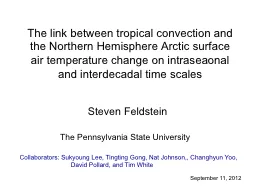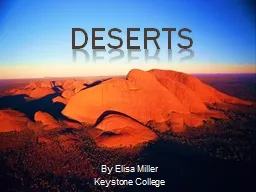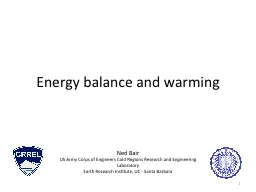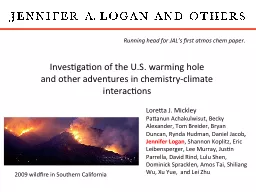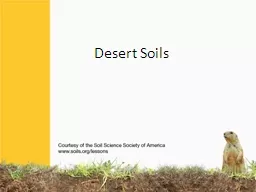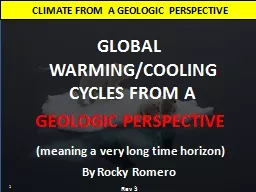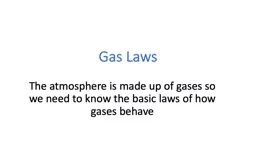PPT-Deserts Adiabatic Warming and Cooling
Author : giovanna-bartolotta | Published Date : 2020-01-14
Deserts Adiabatic Warming and Cooling Warm moist air masses forced up and over mountains experience decreasing atmospheric pressure and as a result expand This process
Presentation Embed Code
Download Presentation
Download Presentation The PPT/PDF document "Deserts Adiabatic Warming and Cooling" is the property of its rightful owner. Permission is granted to download and print the materials on this website for personal, non-commercial use only, and to display it on your personal computer provided you do not modify the materials and that you retain all copyright notices contained in the materials. By downloading content from our website, you accept the terms of this agreement.
Deserts Adiabatic Warming and Cooling: Transcript
Download Rules Of Document
"Deserts Adiabatic Warming and Cooling"The content belongs to its owner. You may download and print it for personal use, without modification, and keep all copyright notices. By downloading, you agree to these terms.
Related Documents


